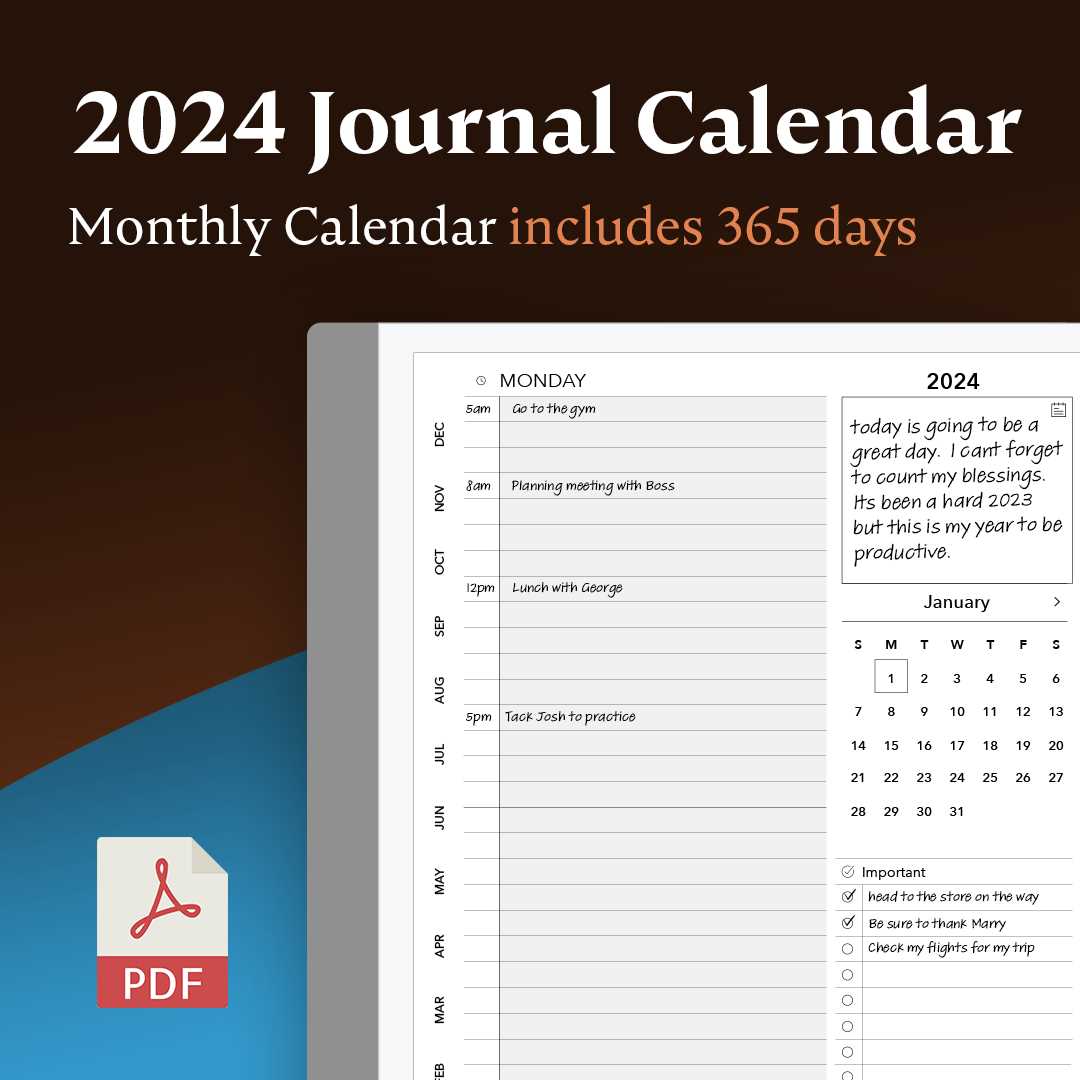
The 4-4-5 structure offers a unique approach to organizing time within a business context. By segmenting periods into distinct intervals, this system allows for streamlined planning and efficient tracking of financial performance. Its design is particularly advantageous for industries that require a consistent and predictable rhythm throughout the year.
In this method, each quarter is divided into three segments, creating a harmonious balance that aligns with various reporting and operational needs. This framework not only facilitates better management of resources but also enhances the ability to forecast and strategize effectively. By understanding the nuances of this system, organizations can improve their overall effectiveness and adaptability in a rapidly changing environment.
Furthermore, implementing this arrangement can lead to clearer communication and collaboration among teams, as everyone adheres to the same structured timeline. The predictability of this approach allows for more accurate assessments and adjustments, ultimately driving better decision-making. Embracing the 4-4-5 system can transform the way businesses perceive and handle their time management strategies.
Understanding the 4-4-5 Calendar System
The 4-4-5 framework is a unique approach to organizing time, particularly favored by businesses for its practicality in financial planning and reporting. This structure divides the year into specific intervals that facilitate comparison and analysis of performance across different periods. By creating a predictable cycle, it helps organizations maintain consistency in their operations and decision-making processes.
Structure of the 4-4-5 Framework
In this system, the year is divided into four quarters, each containing three months. The first two months of each quarter typically consist of four weeks, while the third month has five weeks. This arrangement allows for a balanced distribution of time, ensuring that each quarter remains uniform in terms of workload and resource allocation. The consistency in structure makes it easier for organizations to forecast results and manage their budgets effectively.
Benefits of the 4-4-5 System
One of the primary advantages of the 4-4-5 approach is its facilitation of more accurate financial reporting. By aligning weeks uniformly across quarters, businesses can easily compare performance metrics and identify trends. Additionally, this format simplifies the process of planning promotions and product launches, as marketing efforts can be strategically aligned with the established periods. Overall, the 4-4-5 framework enhances operational efficiency and improves long-term strategic planning.
Origins of the 4-4-5 Calendar
The 4-4-5 structure emerged as a systematic approach to organizing time, particularly in business environments. This method facilitates streamlined reporting and planning, allowing for a consistent framework that aligns with fiscal needs. Its design, characterized by distinct periods, helps organizations maintain clarity in their operations and financial assessments.
This framework has its roots in the retail and corporate sectors, where traditional measures often proved inadequate for the complexities of modern commerce. By segmenting the year into defined intervals, companies can better align their strategies and improve efficiency. The 4-4-5 model provides a logical flow that supports both short-term and long-term objectives.
The adaptability of this method has led to its widespread adoption. Organizations value the clarity it offers, enabling teams to synchronize efforts and track performance effectively. This structure is not merely a numerical system; it represents a shift towards more organized and predictable operational rhythms.
Advantages of Using a 4-4-5 Template
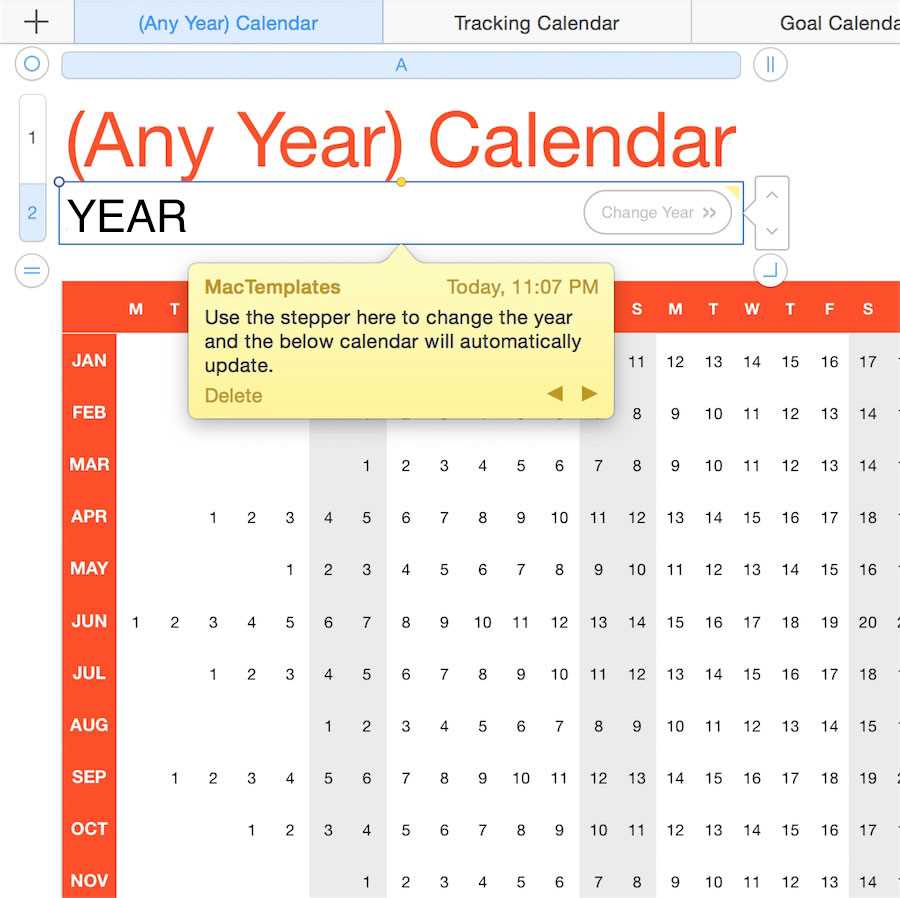
The 4-4-5 structure offers a unique approach to time management and financial planning, allowing organizations to maintain a consistent and systematic way of tracking periods. This method promotes clarity and efficiency in reporting and analysis, making it a valuable tool for various industries.
Enhanced Comparability
One of the primary benefits of this format is its ability to facilitate easy comparisons across different timeframes. By breaking the year into uniform segments, businesses can analyze performance and make informed decisions based on reliable data. This consistency aids in identifying trends and patterns over time, leading to more accurate forecasting.
Improved Resource Allocation
Employing this structured approach enables organizations to allocate resources more effectively. With a clear understanding of each segment’s performance, teams can adjust strategies and investments accordingly. This adaptability not only optimizes operational efficiency but also enhances overall financial health, allowing for better long-term planning.
Structure of the 4-4-5 Calendar
The 4-4-5 framework is a method of organizing time into distinct segments that aligns with business cycles and financial planning. This approach provides a systematic way to divide the year into periods that facilitate comparison and analysis, allowing organizations to maintain consistency in reporting and budgeting.
Monthly Division
In this structure, the year is divided into four quarters, each comprising three months. The first two months of each quarter consist of four weeks, while the final month includes five weeks. This arrangement ensures that each quarter maintains an equal distribution of time, supporting accurate performance tracking.
Benefits of the 4-4-5 Framework
One of the key advantages of this approach is its ability to simplify financial reporting and forecasting. By standardizing the length of periods, companies can easily compare results across quarters and years. Additionally, this model helps in aligning operational activities with financial goals, leading to improved resource allocation and strategic planning.
How to Create a 4-4-5 Calendar
Establishing a structured time management system can significantly enhance organizational efficiency. A 4-4-5 framework divides the year into distinct segments, allowing for clear tracking and reporting of progress. This method is particularly useful for businesses that require consistent financial and operational reviews.
To initiate the process, begin by segmenting the year into three major periods, each containing four weeks. The first two periods will encompass four weeks each, while the final period will have five weeks. This unique arrangement ensures that each quarter aligns closely with typical business cycles, providing a stable foundation for planning.
Step 1: Start by determining the fiscal year or specific timeframe you wish to cover. Clearly mark the start and end dates for each segment. Use a reliable tool to help visualize this structure.
Step 2: Allocate your weeks accordingly, ensuring that each four-week period is balanced and reflective of your operational needs. For example, if your business experiences seasonal variations, adjust the allocation to accommodate peak times.
Step 3: Integrate key performance indicators and critical milestones into this framework. Regularly review and adjust these goals as needed to remain aligned with your overarching objectives.
Step 4: Finally, ensure that all team members understand the system. Provide training or resources to familiarize everyone with this method, promoting consistency and clarity in reporting.
By following these steps, you can effectively implement a 4-4-5 structure that enhances your ability to manage time and resources efficiently, ultimately contributing to your organization’s success.
4-4-5 vs. Traditional Calendar Formats
The 4-4-5 structure offers a unique approach to organizing time, differing significantly from conventional methods. This framework divides the year into distinct segments, each designed to facilitate more effective financial planning and performance analysis. By contrasting this method with standard practices, we can uncover its advantages and potential limitations.
Advantages of the 4-4-5 Framework
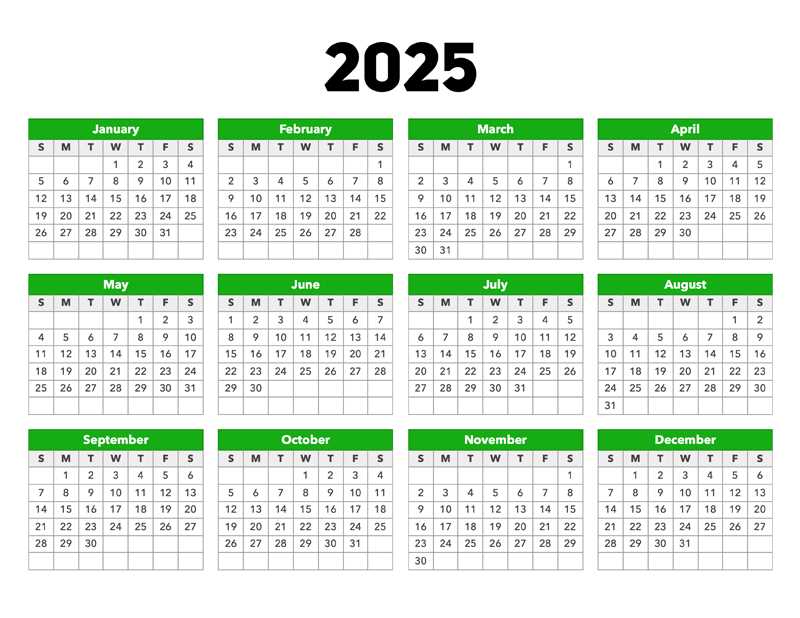
One of the primary benefits of the 4-4-5 model is its consistency. Each period consists of an equal number of weeks, making it easier for businesses to compare data across similar timeframes. This uniformity enhances reporting accuracy, enabling organizations to identify trends and anomalies swiftly. Additionally, the alignment of reporting periods with business cycles can lead to improved forecasting and strategic decision-making.
Limitations of Conventional Formats
Traditional methods often introduce variability, with months containing differing numbers of days. This can complicate financial analysis and obscure comparisons between periods. Moreover, the reliance on standard months may not align with specific operational needs, potentially hindering an organization’s ability to respond to market changes effectively. The inconsistency can create challenges in budgeting and resource allocation, making it harder to achieve long-term goals.
Applications in Business and Finance
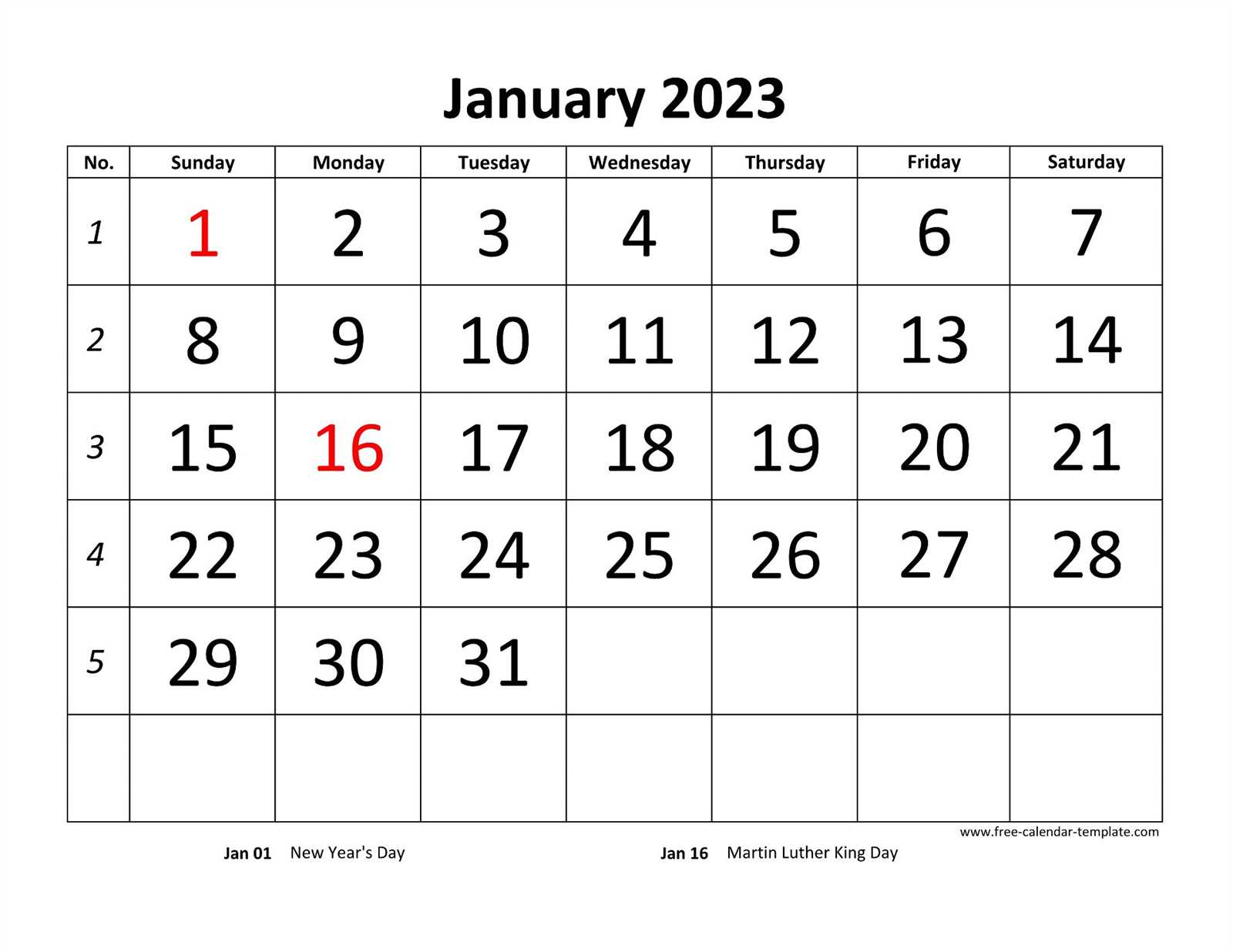
The structured time management framework plays a crucial role in optimizing operations within various sectors, particularly in business and finance. By utilizing a systematic approach to scheduling, organizations can enhance productivity, ensure timely project completion, and streamline financial planning processes.
Project Management Efficiency
In the realm of project management, a well-organized system allows teams to allocate resources effectively and monitor progress with precision. By dividing workloads into manageable periods, businesses can set clear deadlines and facilitate better communication among team members, ultimately driving successful project outcomes.
Financial Planning and Reporting
For financial departments, a consistent schedule aids in forecasting, budgeting, and reporting. This methodology provides a framework for regular financial assessments, helping organizations maintain liquidity and make informed decisions based on timely data. As a result, businesses can respond swiftly to market changes and align their strategies with long-term goals.
4-4-5 Calendar for Retail Planning
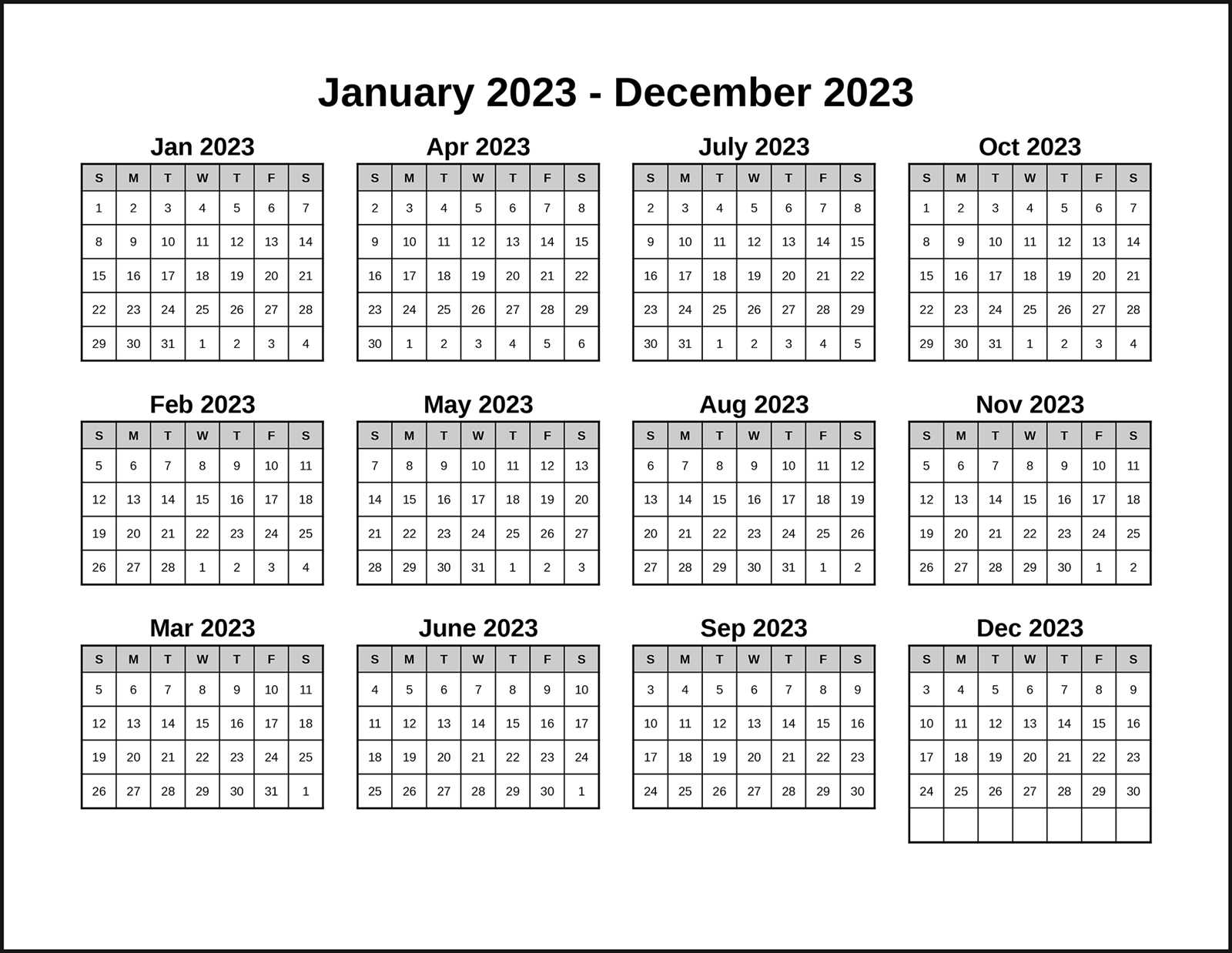
The 4-4-5 framework is a strategic approach designed to streamline operational processes in retail environments. This methodology divides the year into distinct segments, allowing for a more organized review of performance and inventory management. By employing this structured model, retailers can enhance forecasting accuracy, optimize stock levels, and ultimately improve customer satisfaction.
Benefits of the 4-4-5 Structure

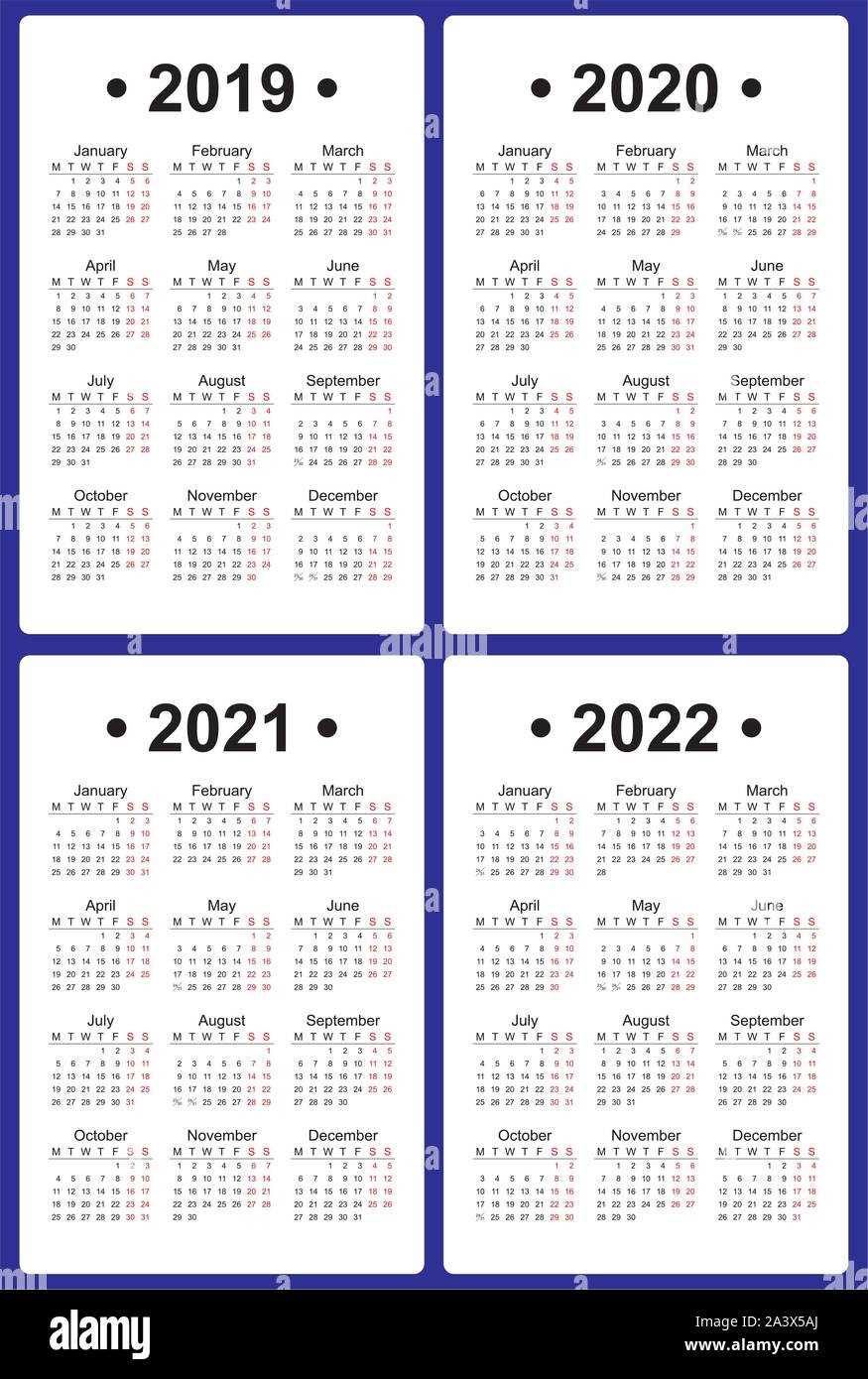
Utilizing this specific arrangement offers several advantages for businesses in the retail sector. Firstly, it simplifies the tracking of financial performance across consistent time frames. Each period comprises a predictable number of weeks, aiding in comparative analysis. Secondly, it aligns planning cycles with key seasonal trends, making it easier to anticipate changes in consumer behavior.
Implementation Overview
Adopting this framework involves a few critical steps. Retailers must redefine their reporting periods and adjust internal processes to fit this new structure. The following table outlines a typical year using the 4-4-5 model:
| Period | Weeks | Typical Focus |
|---|---|---|
| Quarter 1 | 4 weeks | Post-holiday sales |
| Quarter 2 | 4 weeks | Spring promotions |
| Quarter 3 | 5 weeks | Summer inventory turnover |
| Quarter 4 | 4 weeks | Back-to-school and fall sales |
| Quarter 5 | 4 weeks | Holiday season planning |
By effectively integrating this method into their planning processes, retailers can enhance their ability to respond to market demands, leading to greater operational efficiency and profitability.
Impact on Inventory Management
The implementation of a structured approach to time management can significantly influence how organizations handle their stock levels. By optimizing scheduling, businesses can align their inventory practices with operational demands, ultimately enhancing efficiency and reducing waste.
Effective synchronization of procurement and sales cycles ensures that products are available when needed, minimizing the risk of overstock or stockouts. This strategic alignment leads to improved cash flow and allows companies to respond swiftly to market changes.
Moreover, data-driven insights gained from a systematic approach enable organizations to forecast demand more accurately. By analyzing patterns over set periods, businesses can refine their inventory strategies, ensuring that resources are allocated where they will be most effective.
Additionally, such methodologies promote better collaboration across departments. When teams are on the same page regarding timelines and expectations, it fosters a cohesive environment that drives productivity and innovation.
Customizing the 4-4-5 Template
Adapting the 4-4-5 structure can enhance organizational efficiency by providing a clear framework for planning and tracking activities. By modifying various elements within this layout, businesses can align their processes more closely with operational needs and goals. The following sections will explore key aspects of personalization to create a system that resonates with your unique requirements.
One of the primary ways to tailor this structure is through adjusting the time periods. Organizations can shift the focus of each segment to better match their reporting cycles, whether that means emphasizing fiscal quarters or aligning with seasonal demands.
| Aspect | Customization Options |
|---|---|
| Time Frames | Shift segments to align with business cycles |
| Metrics | Incorporate key performance indicators relevant to your objectives |
| Categories | Modify grouping of activities for better clarity |
| Visuals | Change colors or layouts to reflect branding |
By considering these customization options, organizations can create a more effective and engaging framework that supports their strategic initiatives and fosters better decision-making. Tailoring this structure not only improves clarity but also enhances overall productivity and alignment with specific goals.
Digital Tools for Calendar Management
In today’s fast-paced world, efficient scheduling and time management are essential for personal and professional success. Various digital solutions have emerged, offering innovative ways to organize tasks, appointments, and events seamlessly. These tools enhance productivity, allowing users to stay focused and informed about their commitments.
Features to Look For
When selecting a digital solution, consider features that cater to your specific needs. Look for user-friendly interfaces, synchronization across devices, and options for reminders and notifications. Integration with other applications can also streamline workflows, making it easier to manage overlapping responsibilities.
Popular Options
Several applications stand out for their versatility and functionality. Tools like Google’s productivity suite and Microsoft Outlook provide comprehensive solutions for managing time effectively. Additionally, specialized applications such as Trello and Asana focus on task management, allowing users to visualize their workloads and prioritize effectively.
Embracing digital solutions can significantly transform how you handle your schedule, leading to better organization and less stress. By leveraging the right tools, individuals and teams can optimize their time management strategies and enhance overall efficiency.
Common Mistakes to Avoid
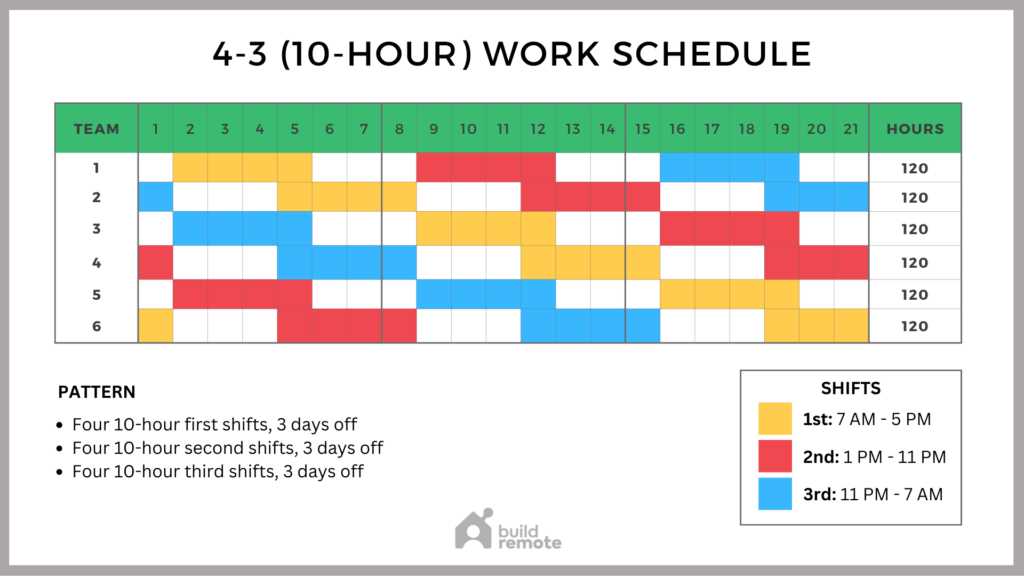
When organizing your schedule, certain pitfalls can hinder your effectiveness and create unnecessary stress. Recognizing these missteps can help you optimize your planning process and achieve your goals more efficiently.
- Overloading Your Days: Attempting to pack too many tasks into a single timeframe often leads to burnout. Aim for a balanced approach.
- Neglecting Breaks: Failing to schedule breaks can reduce productivity. Ensure you allocate time for rest to maintain focus and energy.
- Inflexibility: Sticking rigidly to a plan can be counterproductive. Allow for adjustments as needed to accommodate unexpected events.
- Ignoring Priorities: Not distinguishing between urgent and important tasks can lead to wasted time. Use a prioritization system to guide your focus.
- Underestimating Time: Misjudging how long tasks will take is common. Always factor in extra time to avoid stress and rushed work.
By steering clear of these common errors, you can create a more streamlined and effective system that supports your objectives and personal well-being.
Integrating with Existing Systems
Seamless incorporation of new structures into established frameworks is crucial for maximizing efficiency and enhancing user experience. By ensuring that these new arrangements work harmoniously with current processes, organizations can streamline operations and reduce redundancy. This section outlines key strategies for achieving effective integration.
Assessing Compatibility
Before embarking on the integration journey, it is essential to evaluate the compatibility of existing systems with the proposed solutions. Consider the following steps:
- Conduct a thorough analysis of current workflows.
- Identify potential gaps or overlaps in functionality.
- Engage stakeholders to gather insights and feedback.
Implementation Strategies
Once compatibility is confirmed, the next phase involves implementing integration strategies that ensure smooth transitions. Effective methods include:
- Utilizing APIs for data exchange and communication.
- Adopting middleware solutions to bridge disparate systems.
- Establishing protocols for regular updates and maintenance.
By prioritizing compatibility and employing strategic implementation, organizations can foster a cohesive environment that leverages the strengths of both new and existing systems.
Case Studies of Successful Implementations
This section explores real-world examples of organizations that have effectively utilized a unique scheduling framework. By analyzing their strategies and outcomes, we can gain insights into the benefits and efficiencies achieved through thoughtful planning and resource allocation.
One notable case is a mid-sized tech company that adopted this innovative structure to enhance productivity. By redistributing work hours, they observed a significant increase in employee engagement and a reduction in burnout. Teams reported improved collaboration and communication, leading to faster project completions and greater overall satisfaction.
Another example comes from a large retail chain that implemented this system to streamline operations across various departments. By aligning shifts and workloads more effectively, they experienced a notable decline in operational costs while maintaining high levels of customer service. The ability to adapt to seasonal demands also became more manageable, contributing to increased sales during peak periods.
These cases highlight the versatility and effectiveness of adopting a well-structured approach to time management, illustrating how organizations can achieve their goals while fostering a positive work environment.
Future Trends in Calendar Systems
The evolution of time management frameworks is set to transform the way individuals and organizations plan their activities. As technology advances, new approaches will emerge, enhancing efficiency and adaptability in scheduling practices. This shift will likely involve integrating innovative features that cater to the dynamic needs of users.
Increased Integration with Technology is one of the primary trends expected to shape future time management systems. As artificial intelligence and machine learning continue to develop, personalized scheduling assistants will become more prevalent, analyzing user behavior and preferences to optimize planning. This will not only save time but also improve overall productivity.
Flexibility and Customization will also play a crucial role. Users increasingly seek solutions that can adapt to their unique lifestyles and work environments. Future frameworks will offer more customizable options, allowing individuals to select structures that align with their personal and professional needs, thus promoting a more harmonious work-life balance.
Focus on Collaboration is another anticipated trend. As remote work and global teams become more common, collaborative features will be essential. Future systems will prioritize seamless sharing and synchronization among users, enabling better communication and coordination across various time zones.
Sustainability and Minimalism will also influence the design of these frameworks. As awareness of environmental issues grows, there will be a push towards simpler, more efficient solutions that reduce clutter and promote mindful scheduling practices. This trend may lead to the development of tools that encourage users to prioritize their time more effectively, focusing on essential tasks.
In summary, the future of time management frameworks is bright, marked by technological advancements, greater personalization, enhanced collaboration, and a commitment to sustainability. These changes will ultimately lead to more effective ways of organizing and prioritizing our daily lives.
Feedback from Users of 4-4-5
Insights from individuals who have adopted the 4-4-5 structure reveal a variety of experiences and opinions. Users appreciate the systematic approach it offers, allowing for better planning and analysis. The feedback highlights both strengths and areas for improvement, reflecting the diverse applications of this framework across different sectors.
Positive Aspects
- Enhanced Efficiency: Many users report increased productivity due to the organized layout, which simplifies tracking and forecasting.
- Improved Reporting: The consistent timeframes facilitate clearer reporting and analysis, making it easier to compare performance over periods.
- Flexibility: Several respondents mention the adaptability of the 4-4-5 system to various business needs and cycles.
Challenges Faced
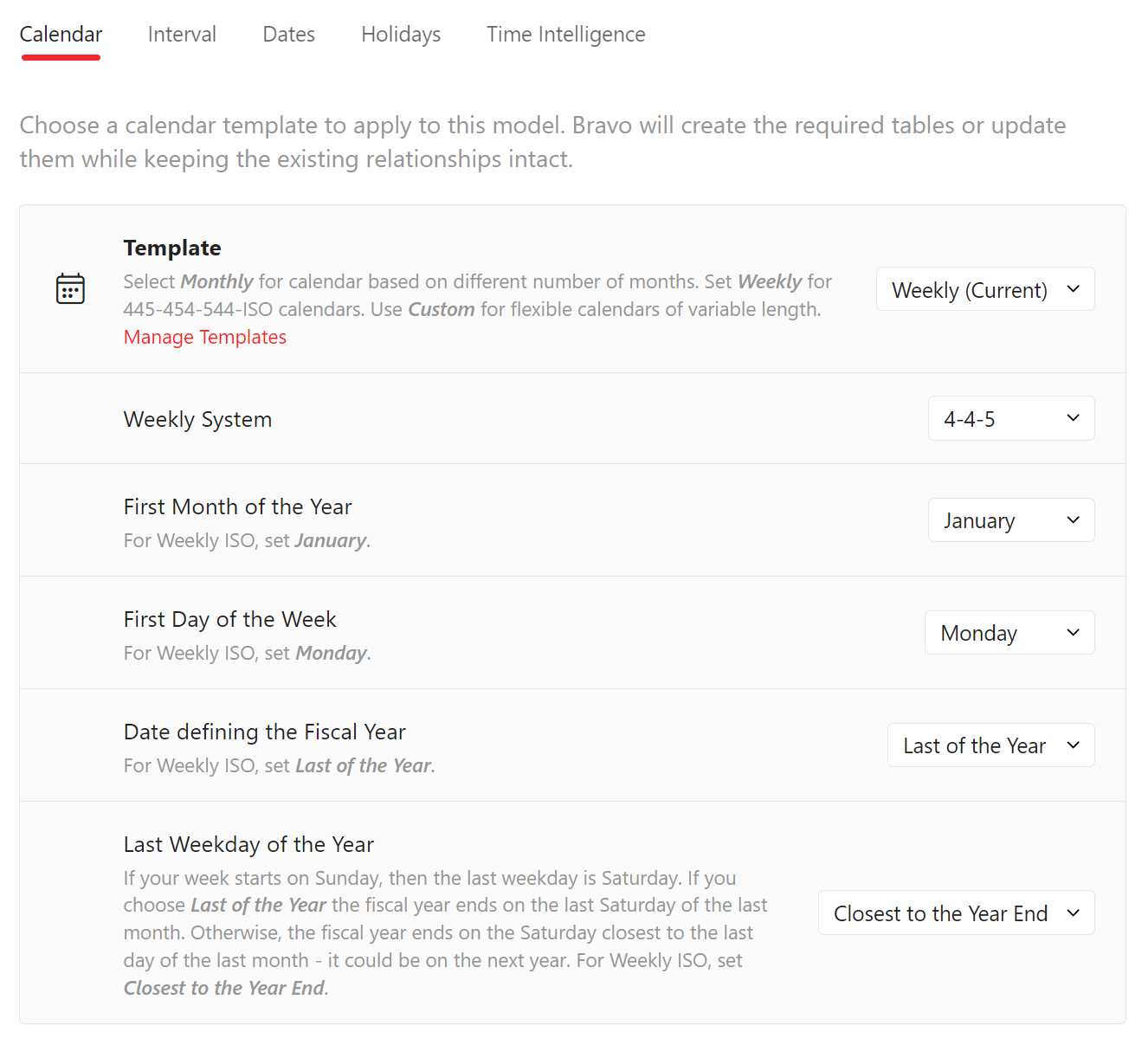
- Initial Adjustment: Some users experience a learning curve when transitioning from traditional methods to the 4-4-5 format.
- Integration Issues: Feedback indicates occasional difficulties in syncing with existing software or systems.
- Perception of Complexity: A few individuals find the structure somewhat complex, which can lead to confusion if not properly communicated.
Resources for Further Learning
Expanding your understanding of time management systems can significantly enhance your productivity and planning capabilities. A variety of materials are available to guide you in mastering different frameworks and optimizing your scheduling skills.
| Resource Type | Title | Link |
|---|---|---|
| Book | Getting Things Done | Link |
| Online Course | Time Management Fundamentals | Link |
| Podcast | The Productivity Show | Link |
| Website | Todoist Blog | Link |
These resources provide a wealth of knowledge and practical strategies that can help you implement effective organization methods in your daily life.
Final Thoughts on 4-4-5 Usage
The 4-4-5 framework serves as an effective approach for organizing periods of time in a structured manner, promoting consistency and clarity in planning. This method divides the year into identifiable segments that can be particularly beneficial for businesses seeking to analyze trends and performance metrics over specific intervals. By breaking down the year into manageable parts, organizations can align their strategies more closely with their operational needs.
Benefits of the 4-4-5 Structure
One of the primary advantages of this method is its ability to provide a clear visual representation of time, making it easier to track progress and set goals. The uniformity in period lengths minimizes confusion and allows for straightforward comparisons across different times. Additionally, the structure facilitates better forecasting and resource allocation, enabling businesses to respond more agilely to changing market conditions.
Implementing the 4-4-5 Approach
Adopting this system requires a thoughtful transition, particularly in aligning existing processes and reporting mechanisms. Organizations should ensure that their teams are adequately trained to understand the nuances of the structure and its benefits. By integrating the 4-4-5 methodology into their planning processes, companies can enhance their strategic initiatives and improve overall operational efficiency.